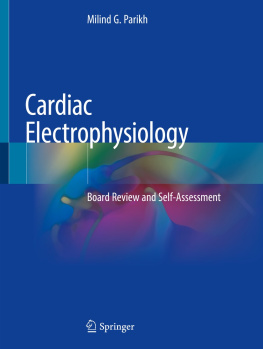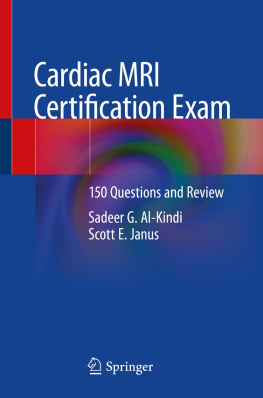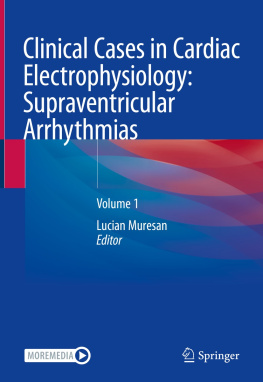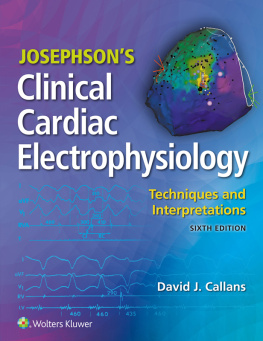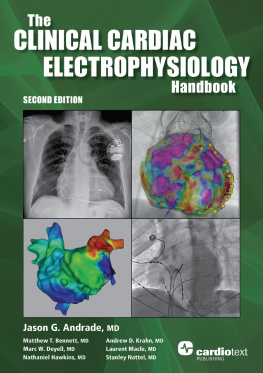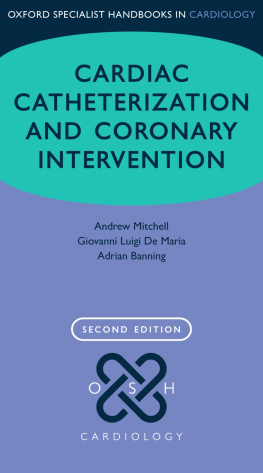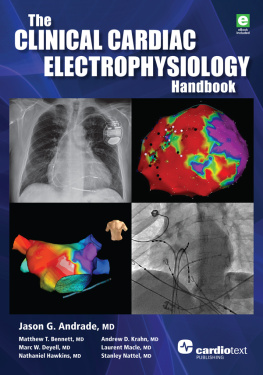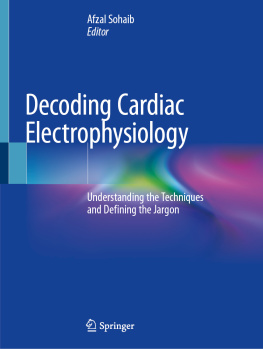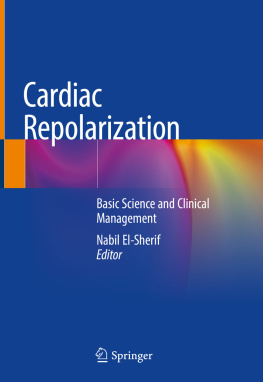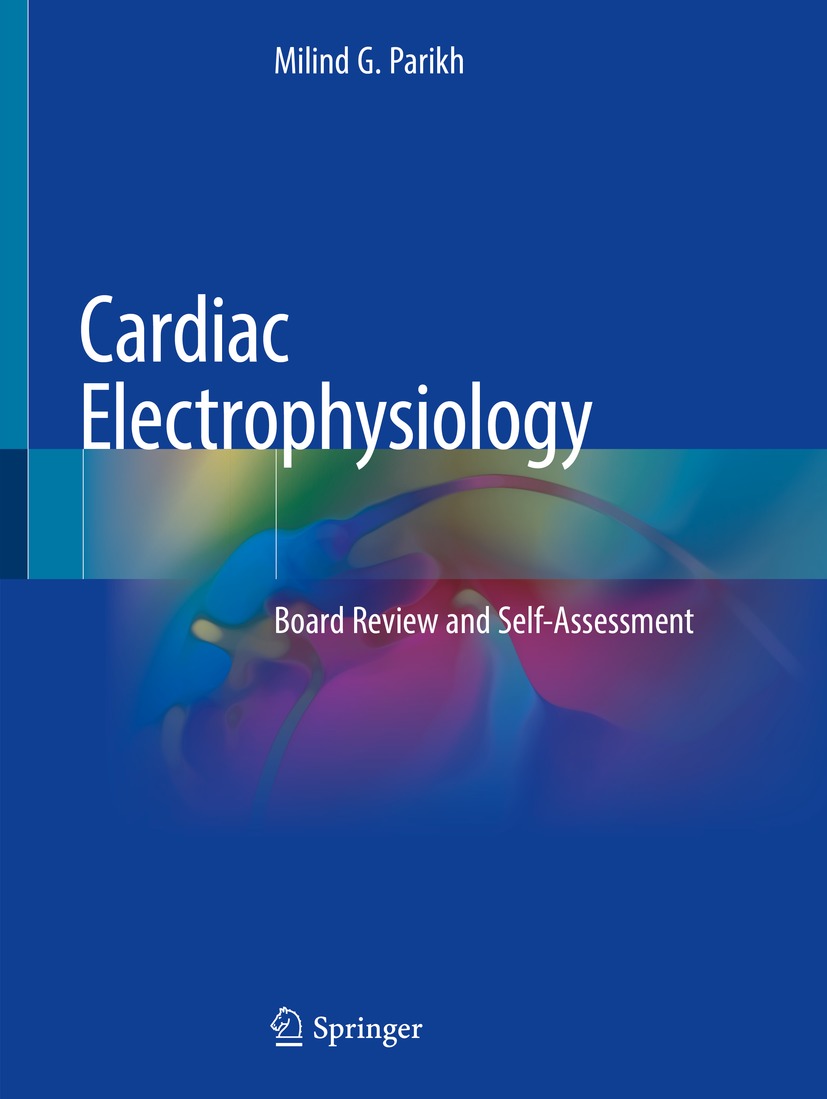Milind G. Parikh - Cardiac Electrophysiology: Board Review and Self-Assessment
Here you can read online Milind G. Parikh - Cardiac Electrophysiology: Board Review and Self-Assessment full text of the book (entire story) in english for free. Download pdf and epub, get meaning, cover and reviews about this ebook. year: 2022, publisher: Springer, genre: Non-fiction. Description of the work, (preface) as well as reviews are available. Best literature library LitArk.com created for fans of good reading and offers a wide selection of genres:
Romance novel
Science fiction
Adventure
Detective
Science
History
Home and family
Prose
Art
Politics
Computer
Non-fiction
Religion
Business
Children
Humor
Choose a favorite category and find really read worthwhile books. Enjoy immersion in the world of imagination, feel the emotions of the characters or learn something new for yourself, make an fascinating discovery.
- Book:Cardiac Electrophysiology: Board Review and Self-Assessment
- Author:
- Publisher:Springer
- Genre:
- Year:2022
- Rating:3 / 5
- Favourites:Add to favourites
- Your mark:
Cardiac Electrophysiology: Board Review and Self-Assessment: summary, description and annotation
We offer to read an annotation, description, summary or preface (depends on what the author of the book "Cardiac Electrophysiology: Board Review and Self-Assessment" wrote himself). If you haven't found the necessary information about the book — write in the comments, we will try to find it.
This book offers a comprehensive review of clinical cardiac electrophysiology in a question and answer format. Chapters contain over 200 questions divided into 9 chapters, each organized by cardiac electrophysiology topic. Each question is followed by the correct answer with a detailed explanation along with references for further reading. Important concepts are highlighted and supported by over 200 illustrations and high resolution images. The book addresses a broad range of topics that are important when studying for the initial certification or recertification of the clinical cardiac electrophysiology board examination. It is also highly relevant for daily clinical practice in cardiology and cardiac electrophysiology.
Topics covered in the book include:
- Review of basic and clinical cardiac electrophysiology principles associated with cardiac arrhythmias
- The evaluation and management of patients with cardiac rhythm disorders
- Review of pharmacologic and nonpharmacologic therapies for the treatment of arrhythmias
- Clinical indications, fundamental principles and electrical characteristics of implantable cardiac electronic devices such as pacemakers and defibrillators
- Clinical, electrocardiographic, and electrophysiologic characteristics of specific cardiac arrhythmia syndromes
Cardiac Electrophysiology Board Review is a must-have resource for cardiology and cardiac electrophysiology trainees as well as attending physicians preparing for the certification or recertification examination. It may also be a useful guide for cardiologists, cardiac electrophysiologists and all clinicians who wish to further their understanding of heart rhythm disorders.
Milind G. Parikh: author's other books
Who wrote Cardiac Electrophysiology: Board Review and Self-Assessment? Find out the surname, the name of the author of the book and a list of all author's works by series.

